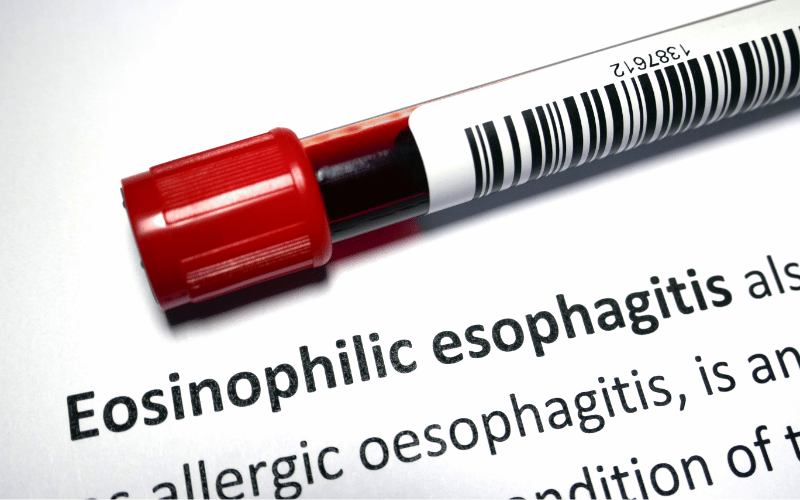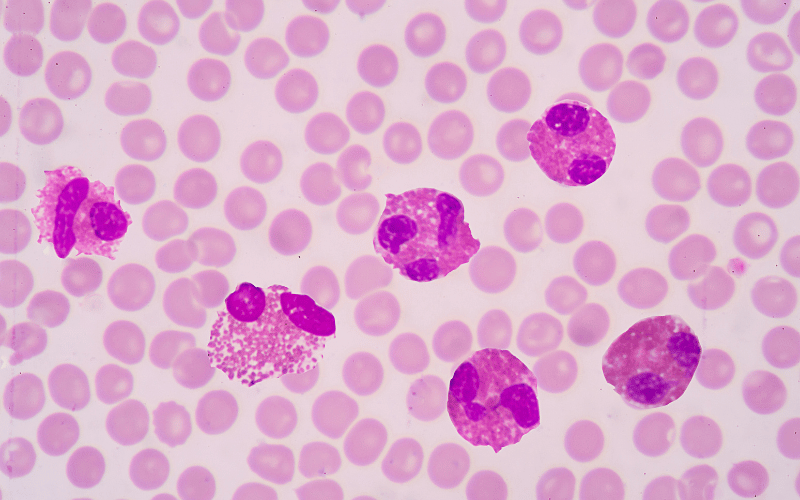Introduction: The Intricacies of Eosinophilic Esophagitis (EoE)

When it comes to discussions surrounding rare, chronic diseases, Eosinophilic Esophagitis (EoE) often takes a back seat. This isn’t due to its lack of impact; countless people worldwide wrestle with this ailment daily. Instead, a general lack of awareness tends to overshadow its significance. Delving deep into this subject, it becomes evident that understanding EoE is not just crucial for those diagnosed but also for the broader community.
EoE is a complex condition, and like all conditions that deal with the body’s intricate immune response, there are layers of intricacies to peel back. This isn’t just a disease of the esophagus. It’s a reflection of how our body, when met with certain stimuli (like allergens), can sometimes go into an unexpected overdrive, leading to consequences we might not have foreseen.
The esophagus, a muscular tube connecting our mouth to our stomach, plays a pivotal role in our daily lives. Imagine a scenario where each meal becomes a challenge, where the very act of swallowing can be a source of discomfort or even pain. That’s the reality for many with EoE.
Recognizing this ailment isn’t about inducing fear, but fostering awareness. As with many conditions, early diagnosis and appropriate intervention can be life-changing. Therefore, equipping oneself with knowledge, whether you’re a patient, a loved one, or simply an individual eager to understand more, can be incredibly empowering.
Fact 1: Defining Eosinophilic Esophagitis (EoE)

Many might stumble over the term “Eosinophilic Esophagitis”. Yet, for those diagnosed with it, the name represents a daily challenge. Eosinophilic Esophagitis, commonly abbreviated as EoE, is more than just a mouthful. The crux of the matter lies in the sudden and unexplained increase of eosinophils, a white blood cell type, in the esophagus.
While eosinophils play a crucial role in managing certain infections in our body, their unexpected presence in the esophagus rings alarm bells. These cells, typically our allies in the battle against specific diseases, become unintended invaders. Triggered often by food or airborne allergens, their surge leads to inflammation within the esophagus.
This isn’t merely about cellular activity. For someone with EoE, inflammation manifests in tangible challenges. Every meal becomes a gauntlet, with the lingering sensation of food getting stuck. The physical discomfort is undeniable, with many recounting experiences where they felt genuine fear while eating.
But EoE’s reach extends beyond the physical realm. The emotional toll is just as pressing. The constant trepidation surrounding meal times, the distress of feeling choked, and the anxiety of an impending flare-up can overshadow the joy of eating.
A fundamental understanding of EoE is indispensable. As the saying goes, “knowledge is power.” The more one knows, the better they can manage, seek appropriate treatment, and advocate for further research. (1)